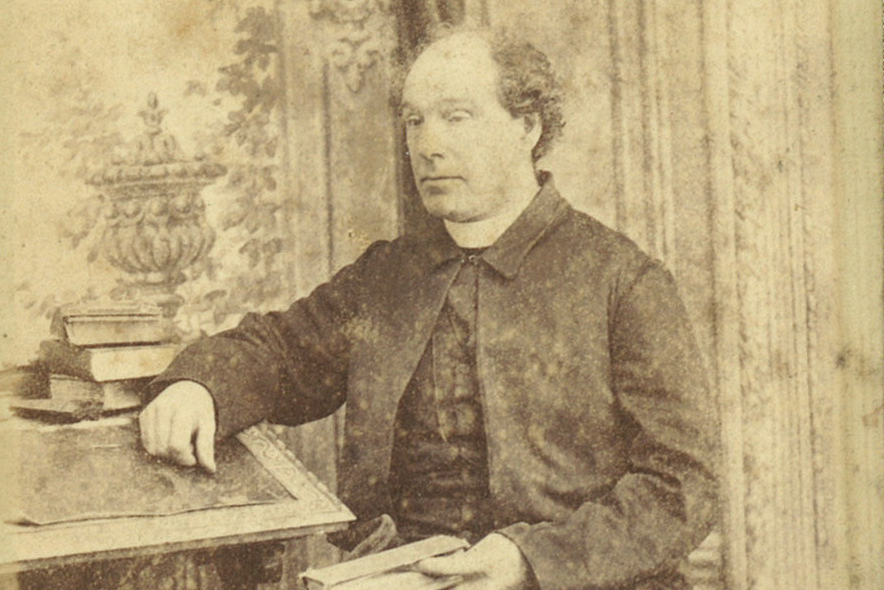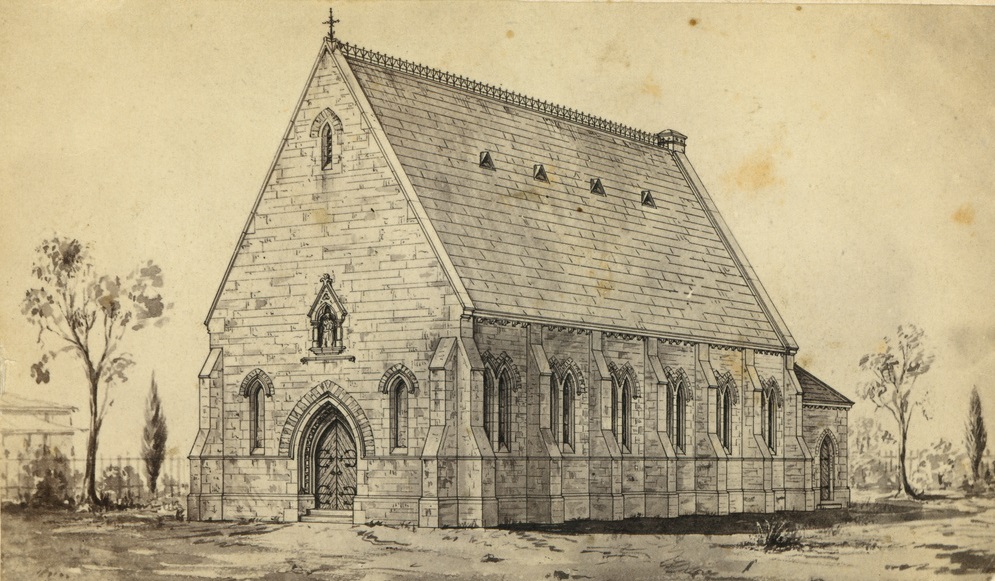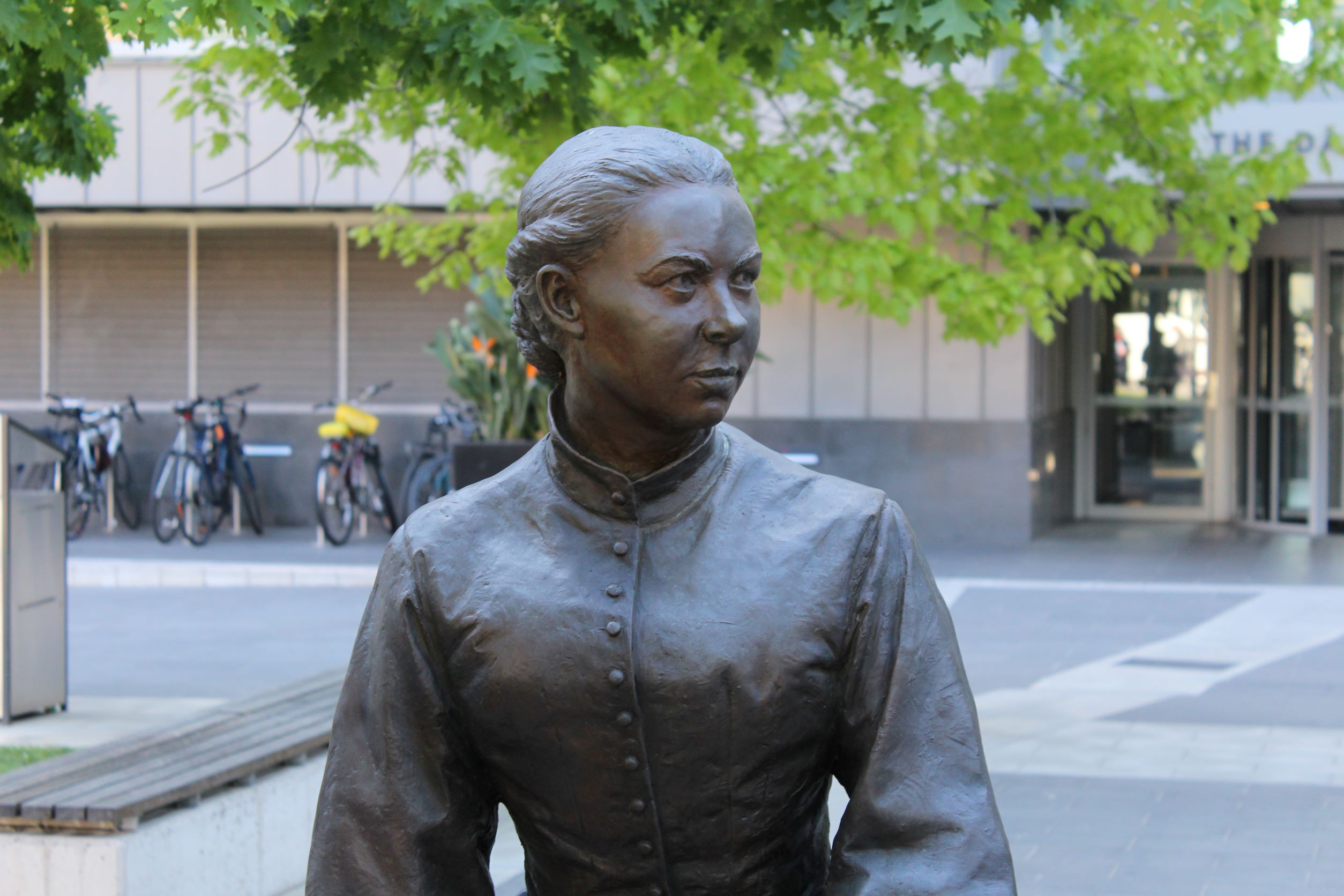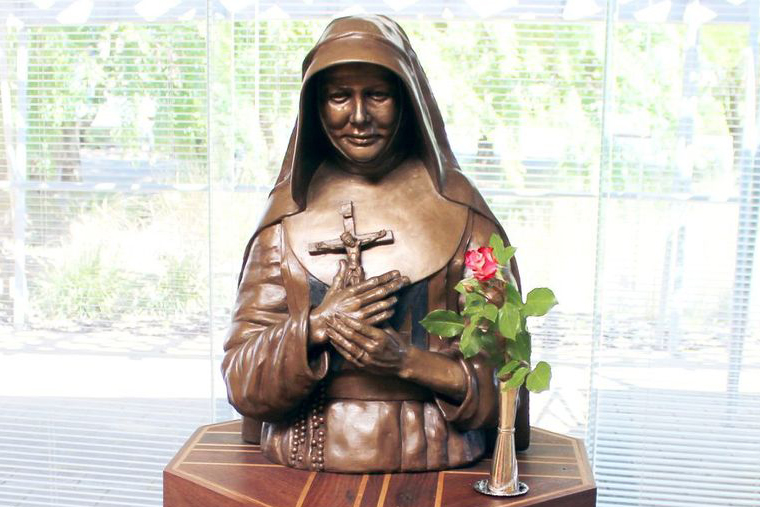Father Julian and the Westbury Letters
June 22, 2022
Father Julian Tenison Woods had a deep connection with Tasmania over many years. As a missioner, he encouraged many young women to join both the Sisters of Saint Joseph on the mainland and the founding group of the Sisters of Perpetual Adoration.
Aware of the needs in Tasmania, Fr Julian wrote to St Mary MacKillop in 1869:
Doctorate thesis leads to book launch
June 21, 2022Susan Connelly rsj provides a reflection on the launch of her new book, East Timor, René Girard and Neocolonial Violence: Scapegoating as Australian Policy published by Bloomsbury Academic.
The book was launched on 11 June at the Strathfield campus of the Australian Catholic University (ACU) and grew out of Sr Susan’s doctorate thesis completed at ACU’s faculty of theology and philosophy under the supervision of Dr Joel Hodge.
First Adelaide school opens in 1867

On 2 July 2022, the Sisters of Saint Joseph will celebrate 155 years since the opening of the first Josephite school in Adelaide, South Australia.
“What,” they say, “can you expect from colonial girls, without any knowledge of a religious life, and no one to train them?”[1] Writing to Sister Mary MacKillop, Father Julian Tenison Woods conveyed the scepticism of those who had heard his plans to establish the Sisters of Saint Joseph. Just three weeks later, on 2 July 1867, Sisters Mary MacKillop, Rose Cunningham and Josephine McMullen would open a school in Adelaide’s St Francis Xavier’s Cathedral Hall in Wakefield Street.
June Prayer Intention: Families

Each month, Pope Francis asks for our prayers for a specific intention. For the month of June, the prayer intention is for families.
Family Ties
Within the family, bonds can be strong, helpful and a valuable gift. Others can be torn apart after tragedy or trauma. As Pope Francis urges us to pray for families, the history of many religious groups reflects the unconscious influences parents and sibling can have.
Last month while exploring our family tree, I discovered the O’Mara family: sisters in religion as well as in life. Another interesting fact is that two of them led their Congregation in Goulburn.
Australian National Pilgrimage 2022
June 8, 2022
In the Footsteps of Mary MacKillop – Bookings for Australian National Pilgrimage Now Open
Mary MacKillop Place and the Sisters of Saint Joseph of the Sacred Heart are delighted to welcome back pilgrims to its popular Australian National Pilgrimage: In the Footsteps of Mary MacKillop. The next pilgrimage will be running from 18 – 29 October 2022 and will visit many places associated with Mary MacKillop’s life and ministry in Victoria, South Australia and Sydney.
The Pilgrimage is run by Mary MacKillop Place and will be led by a Sister from the Sisters of Saint Joseph and the inaugural Director of the Mary MacKillop Heritage Centre, East Melbourne.
Celebrating 130 Years of Education
A reflection by Sr Maureen McDermott rsj on an exceptional milestone and celebration.
It was with a joyous and grateful heart that I journeyed home after the celebrations of 130 years of education at St Joseph’s School, Hillston, New South Wales on Tuesday 3 May.
The celebrations began with Eucharist concelebrated by Bishop Columba Macbeth-Green OSPPE and the parish priest, Fr Christopher J Lim, for the parish community, in which the pupils were the focus. The spirit of Mary MacKillop was tangible as the entrance hymn in praise of Mary was sung with great gusto.
A hand-up not a hand-out

CEO of Mary MacKillop Today, Jane Woolford, explains how affordable access to financial services can stop the cycle of poverty.
Imagine your fridge breaks down one day — but you simply can’t afford to buy a new one to ensure you have fresh food to feed your family. Would you take out a loan to get the money you desperately need right away — even if it means falling into a debt trap?
Hardship is rife in Australia, with more than 1 in 6 households unable to raise $2,000 for an emergency. The combination of the pandemic, floods and droughts, rising fuel prices, and the housing market has sent the cost of living skyrocketing.
Celebrating June Feast Days with Mary MacKillop

During the month of June, we have the opportunity as followers of Mary MacKillop, to recall and celebrate the great feast days of the Sacred Heart of Jesus (24 June) and St John the Baptist (25 June).
Our Josephite constitutions expresses Mary’s hope that:
